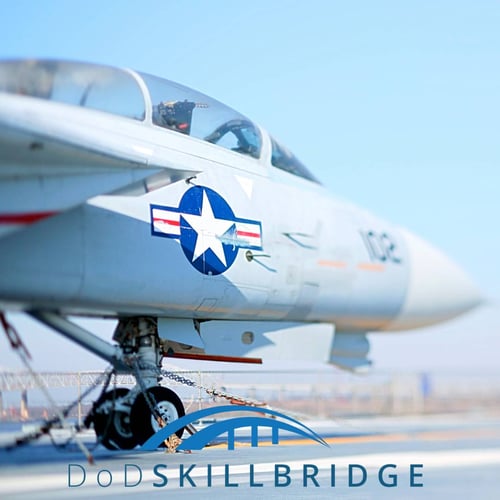Air Force SkillBridge
Air Force SkillBridge
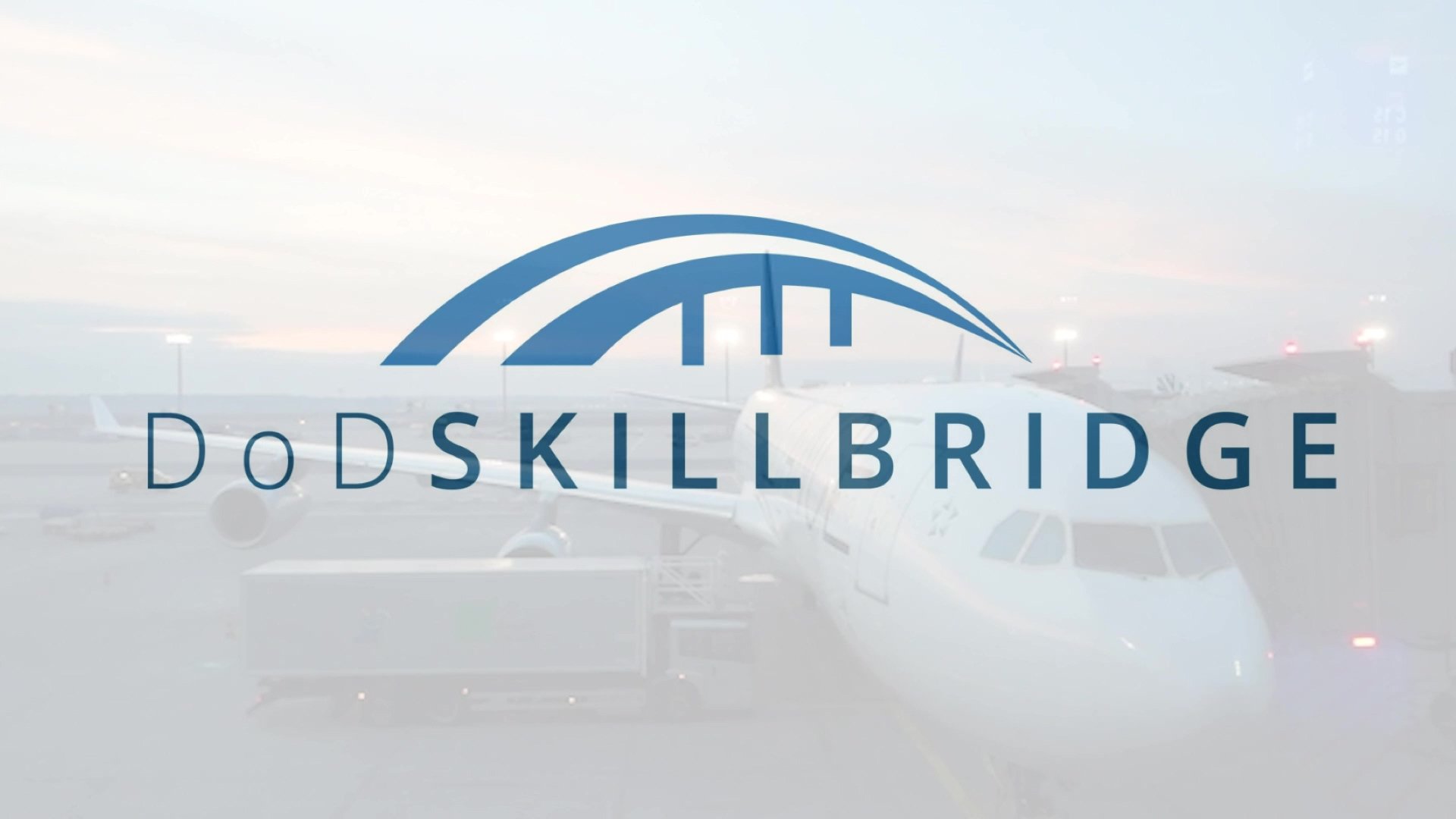
Air Force SkillBridge Program
You must apply to SkillBridge with Flex Air first so we can send you an offer letter! Otherwise your chain of command will reject your application.- This article was last updated 09/21/2023
- This article incorporates information from the most recent known Air Force SkillBridge information including all of the following:
- The DoDI 1322.29 Incorporating Change 1, Effective 05/05/2020
- DAF INSTRUCTION 36-2670 Incorporating Change 4, Certified Current 31 March 2023
- MyPers Career Skills Program Personnel Services Delivery (PSD) Guide Version 2 08/30/2018
- The 31st FSS Air Force SkillBridge Program Frequently Asked Questions. Published 2/04/2020, No longer available 1/25/24.
- Air Force SkillBridge Vetting Checklist Published 8/29/2019
- The AFVEC SkillBridge page Note: As of posting this their https certificate has expired.
-
Jump To:
The Air Force SkillBridge program, also referred to as USAF SKB and Air Force CSP, coupled with the Flex Air SkillBridge Commercial Pilot Gateway or the Flex Air SkillBridge Aviation Maintenance programs presents transitioning personnel with essential civilian employment skills, valuable work experience and training in Aviation careers.
While the DoD SkillBridge program is open to all service members, the USAF has its own special eligibility requirements and application process. This article has SkillBridge USAF specific information for members that wish to participate in SkillBridge. Every effort has been made to make this the most up to date and accurate information possible, but you should always consult your base education office for verification.
Get information on the Flex Air SkillBridge Program
How to Apply for Air Force SkillBridge

Here how to apply for the Air Force SkillBridge program, step by step:
- Make Sure you meet the eligibility requirements:
- Members must have completed at least 180 days of service.
- Members must have completed the Transition Assistance Program.
- Members must be expecting to be discharged or released from service within 180 days of starting the program.
- Members must have approval from their unit/squadron commander to participate in the program.
- Members may participate in only one SkillBridge program during their transition period
-
Discuss with Leadership: Have a conversation with your leadership to see if they will approve your participation in the SkillBridge program.
-
Ensure Approved Separation/Retirement: Before starting the SKB application, make sure you have an approved separation or retirement. This is crucial because SkillBridge is not reflected in MilPDS and does not appear on your records.
-
If you’re separating:
- Go to myPers
- Navigate to “Separation”
- Click on “Initiate my DOS Separation”
- Fill out the prompt and include the commander’s approval form for Skillbridge
- NOTE: If you're separating, you don't get relocation PTDY except in some special circumstances.
-
If you’re retiring, initiate the process in the usual way.
-
-
Attend SkillBridge Briefing: Visit the education center for the SkillBridge briefing. They will provide you with detailed information about what you need to do with them and the commander.
-
Confirm that your education center has updated your SkillBridge Eligibility: You will not be able to apply until this has been completed.
- Submit your Vetting Checklist: This must be completed prior to submitting your SkillBridge Application
-
Submit your SkillBridge application: Members can submit applications 12 months prior to their DOS/DOR and NLT than 30 days prior to their requested SkillBridge training start date. (AFVEC) SkillBridge Application. Clicking the SkillBridge link, AFVEC’s left-side menu, you will be able to review and select an organization from a listing of approved providers. You'll select Flex Air or another approved provider from the list.
- You will also need the following:
- Supervisor and commander’s email and phone numbers
- All dates (training, permissive TDY, and terminal leave start and end dates) as applicable
- You will also be required to provide a training/program plan which Flex Air will provide. (mandatory file upload)
-
Inform MPF: Let the Military Personnel Flight (MPF) know that you are separating/retiring but will be participating in SkillBridge. This will help them gauge your timeline and assist you in outprocessing in time.
-
Understand Leave Policies: As an Airman, you are authorized permissive and terminal leave. SkillBridge is a type of Permissive Temporary Duty (PTDY) leave, but it follows a special rule. Your finance department will guide you on how to accurately input this into LeaveWeb. If you plan to participate in SkillBridge and not return to your unit, you need to outprocess or final out before starting SkillBridge. The total duration of your SkillBridge program and terminal leave should align with your Date of Separation (DOS). For instance, if you need 15 days of terminal leave, you should take those 15 days.
The 180 days for SkillBridge is a maximum limit, not a requirement. You have the flexibility to take, for example, 10 days of SkillBridge and 30 days of terminal leave, and final out a total of 40 days prior to your DOS if you prefer.
However, it’s important to note that you can’t do SkillBridge (PTDY) up to your DOS. Specifically, you aren’t allowed to separate or retire while on PTDY. Therefore, you must take at least 1 day of terminal leave after SkillBridge to reach your DOS. Alternatively, you can return to your unit prior to then to final out.
Once you’ve completed the outprocessing, you won’t need to return, allowing you a smoother transition from military to civilian life.
- Submit Leave Request: Once you receive the final approval from the Education and Training Section Chief and the civilian employer, you need to submit your approved SkillBridge application and PTDY approval in LeaveWeb. This will ensure that your leave status is accurately reflected and that you do not exceed your leave balance.
Air Force SkillBridge Key Points
The Air Force SkillBridge program is a program that allows eligible Airmen to participate in civilian on-the-job training, employment skills training, apprenticeships, and internships to help them transition from military to civilian employment. Here are some key points about the program:
- Airmen must have approval from their unit/squadron commander to participate in the program. The commander may release Airmen from daily unit duties for the period of participation, but may also require them to participate in unit formations, physical training, and other unit requirements.
- Airmen may participate in only one SkillBridge program during their transition period3. The program must be provided at minimal or no cost to the Airman, and the Airman may not receive any compensation, wages, pay, or training stipends from the program provider.
- Airmen may use their personal funds or Veterans Affairs educational benefits to cover any application, registration, or other fees associated with the program. However, they are not authorized to receive payment for per diem, travel expenses, or use of a government-owned vehicle.
- Airmen may participate in a SkillBridge program located within 50 miles of their installation, duty station, or residence. The commander may allow participation in a program beyond the 50-mile limit if adequate measures exist to ensure accountability and safety.
- Airmen must sign a Memorandum of Participation outlining their participation in the program and comply with Air Force standards while participating. They must also report their accountability and progress to their supervisor and the base-level Education and Training Section Chief.
- Airmen who reenlist, extend, or fail to comply with Air Force standards while participating in a SkillBridge program will be immediately withdrawn from the program and return to their unit for duty. The commander may also terminate or withdraw an Airman from the program based on mission requirements.
- The base-level Education and Training Section Chief is responsible for the overall management of the base/installation-level SkillBridge program and provides the daily execution of the program within DoD, AF/A1DLV, and AFPC policy and guidelines.
Get information on the Flex Air SkillBridge Program
Whether you plan to participate in one of Flex Air’s programs or not, I highly recommend every transitioning military veteran allocate an hour of their time to speak with Paul about their life plans. I guarantee you will not be disappointed in what he has to say. He is a phenomenal advisor that gets “it” because he has been in our shoes.
Brandon McRay Lt Col, US Air Force Reserve
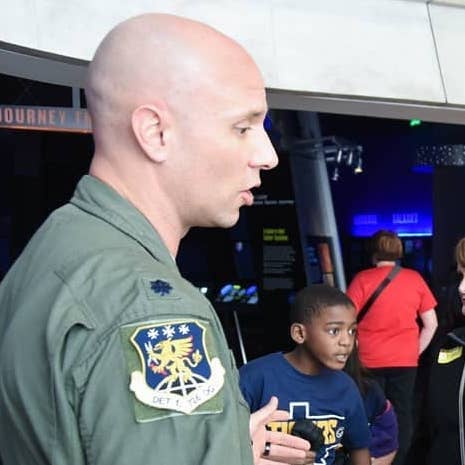
What is the Air Force Career Skills Program (CSP)?
The Career Skills Program (CSP) is a program that allows eligible Airmen to participate in civilian on-the-job training, employment skills training, apprenticeships, and internships for up to 180 days prior to their separation or retirement from the Air Force. The Career Skill Program is what the Air Force calls the SkillBridge program internally in some of it's documentation. The program aims to help Airmen transition to civilian careers by providing them with opportunities to work with civilian employers in their desired fields. The program is voluntary and does not affect the Airmen’s pay, benefits, or entitlements. The program is also beneficial for the civilian employers, who can access the talent and skills of Airmen and potentially hire them after the program.
To apply for the CSP, Airmen need to follow these steps:
- Meet the eligibility criteria: Airmen must have completed at least 180 days of service, completed the Transition Assistance Program, and be expecting to be discharged or released from service within 180 days of starting the program. Airmen must also have approval from their unit/squadron commander to participate in the program. Airmen may participate in only one CSP during their transition period.
- Find a CSP that matches your interests and goals: Airmen can search for approved CSPs on the DoD SkillBridge website or contact their local installation transition office for assistance. Airmen can also propose a new CSP with a civilian employer that is not on the list, but they will need to go through a DoD approval process that may take longer and be more complex. Airmen can also participate in CSPs offered by sister services, but they will need to coordinate with their staff and follow their rules and processes.
- Apply for the CSP directly with the civilian employer: Airmen will need to submit their resume, cover letter, and any other required documents. Airmen will also need to go through an interview process and receive a tentative offer from the employer.
- Obtain approval from your unit/squadron commander and the base-level Education and Training Section Chief: Airmen will need to fill out a Memorandum of Participation (MOP) that outlines the details of the program, such as the start and end dates, the location, the hours, the learning objectives, and the expectations. Airmen will also need to attach the tentative offer letter from the employer and the commander’s approval form for CSP. Airmen can get these forms from the base-level Education and Training Section Chief or from the AFVEC website. Airmen will also need to sign a Participation Agreement that confirms their commitment to the program and their compliance with the Air Force standards.
- Submit your approved CSP application and PTDY approval in LeaveWeb: Once Airmen receive the final approval from the Education and Training Section Chief and the civilian employer, they need to submit their approved CSP application and PTDY approval in LeaveWeb. This will ensure that their leave status is accurately reflected and that they do not exceed their leave balance.
- Complete the CSP and provide feedback and evaluation: Airmen will work with the civilian employer for up to 180 days, depending on the length of the program and their separation or retirement date. Airmen will learn new skills and gain experience in a civilian job that matches their interests and goals. Airmen will also have the opportunity to network with civilian professionals and mentors and explore the civilian work culture and environment. Airmen will receive their regular military pay, benefits, and entitlements while participating in the CSP, but they will not receive any compensation, wages, pay, or training stipends from the civilian employer. Airmen may use their personal funds or Veterans Affairs educational benefits to cover any fees associated with the program. Airmen will comply with the Air Force standards of conduct, appearance, and performance while participating in the CSP. Airmen will also follow the rules and regulations of the civilian employer and the CSP. Airmen will complete the CSP and receive a certificate of completion from the civilian employer. Airmen will also provide feedback and evaluation on the program to the Education and Training Section Chief and the civilian employer. Airmen will also have the possibility of receiving a job offer from the civilian employer after the program, but there is no guarantee or obligation for either party.
Can't find a good time to join the webinar? Watch a recent recorded briefing here.
More resources for transitioning servicemembers
.jpg?width=225&height=150&name=shutterstock_1556191427%20(1).jpg)
Resources for all Veterans
Readings and exercises can help you discover your personal career goals and values while developing the soft skills you'll need for success.
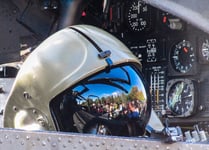
Rotor Transition Program (RTP)
Military helicopter pilots can transition directly into airline careers. Flex Air's RTP training is a complement to SkillBridge for rotary wing pilots.
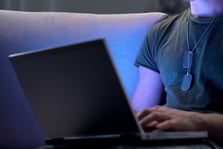
GI Bill for Flight Training
SkillBridge is your best first step. Learn how to unlock your VA benefits for advanced flight training.



